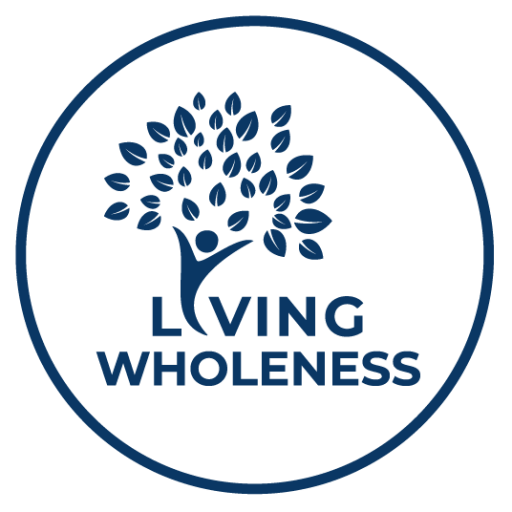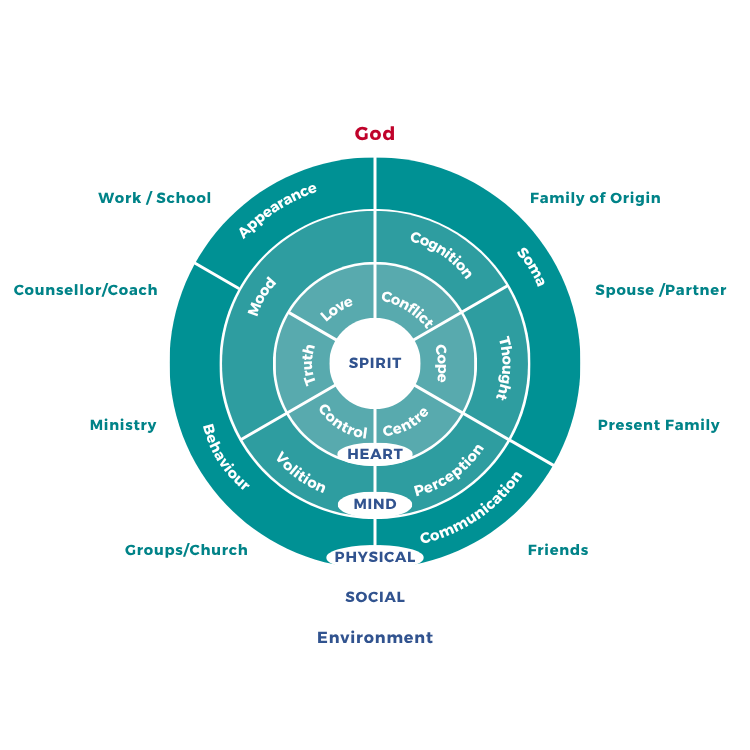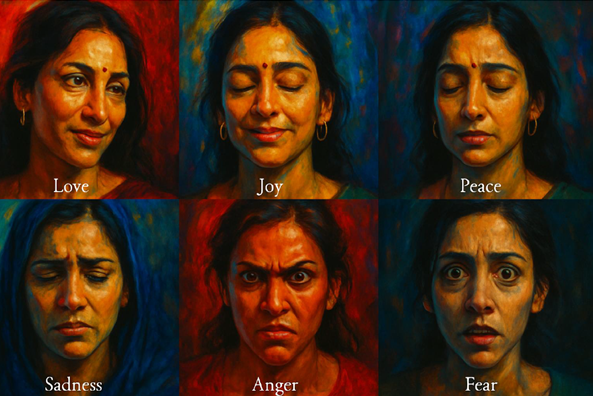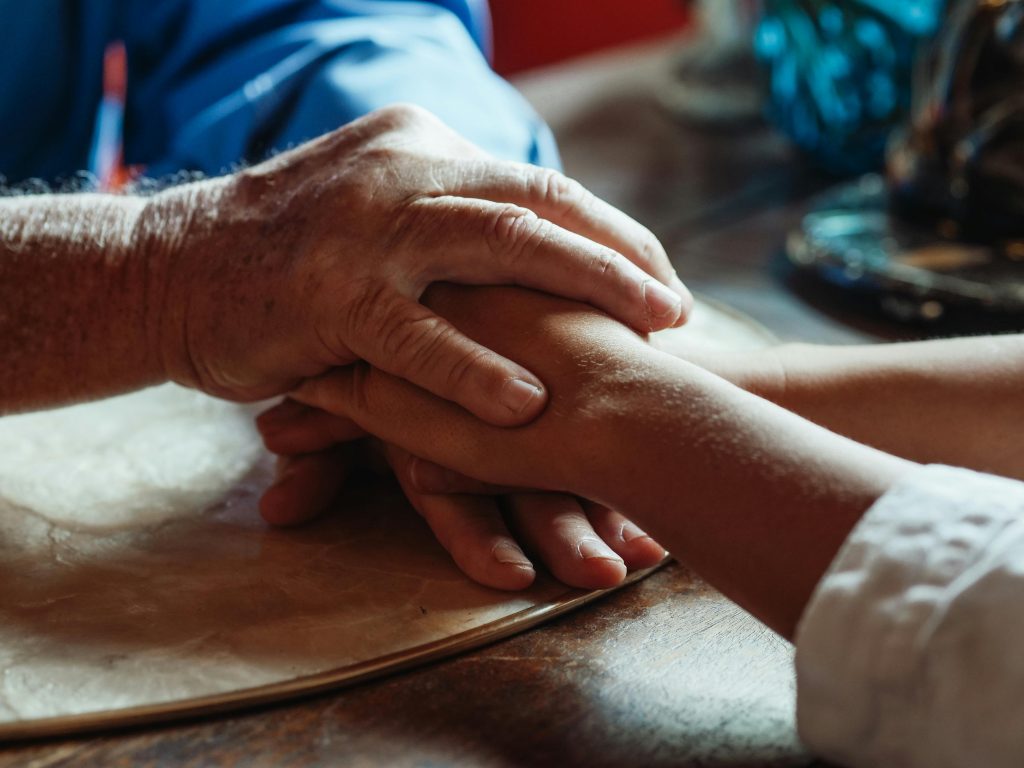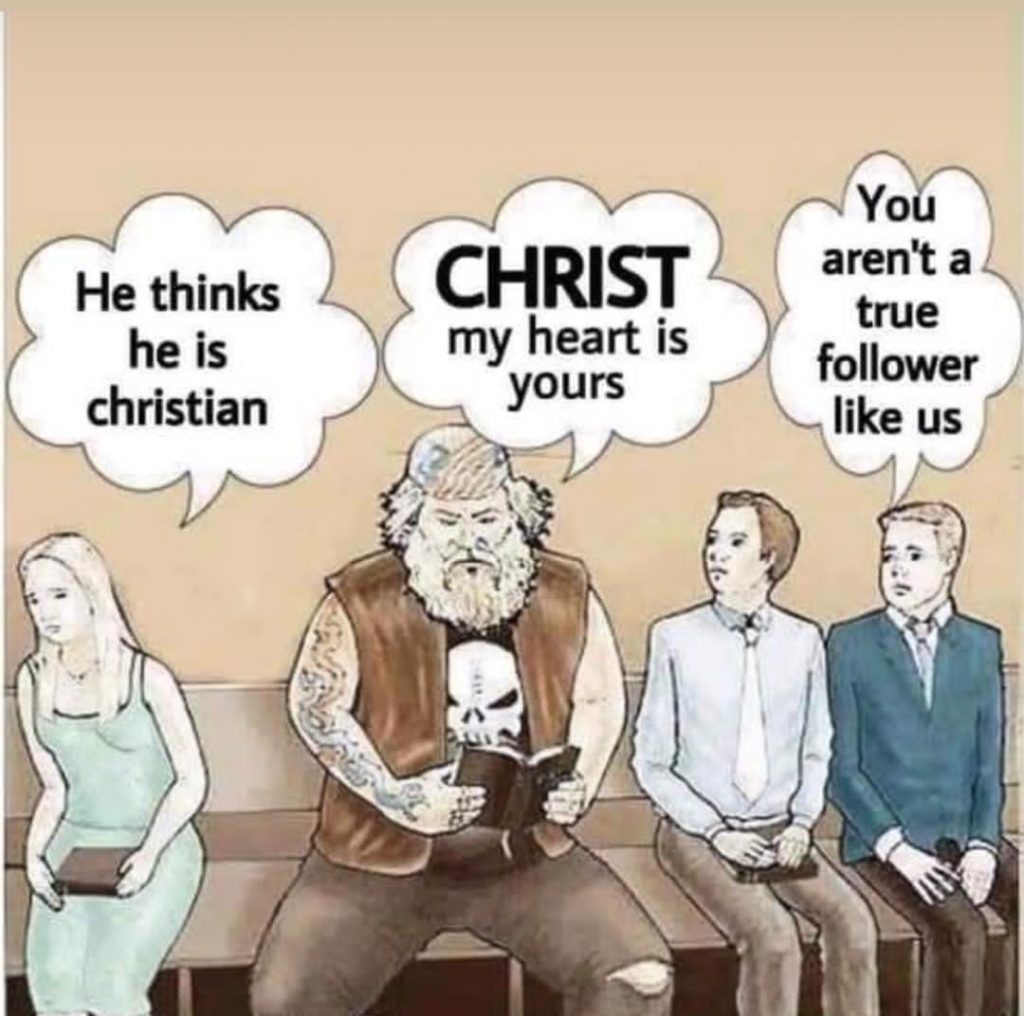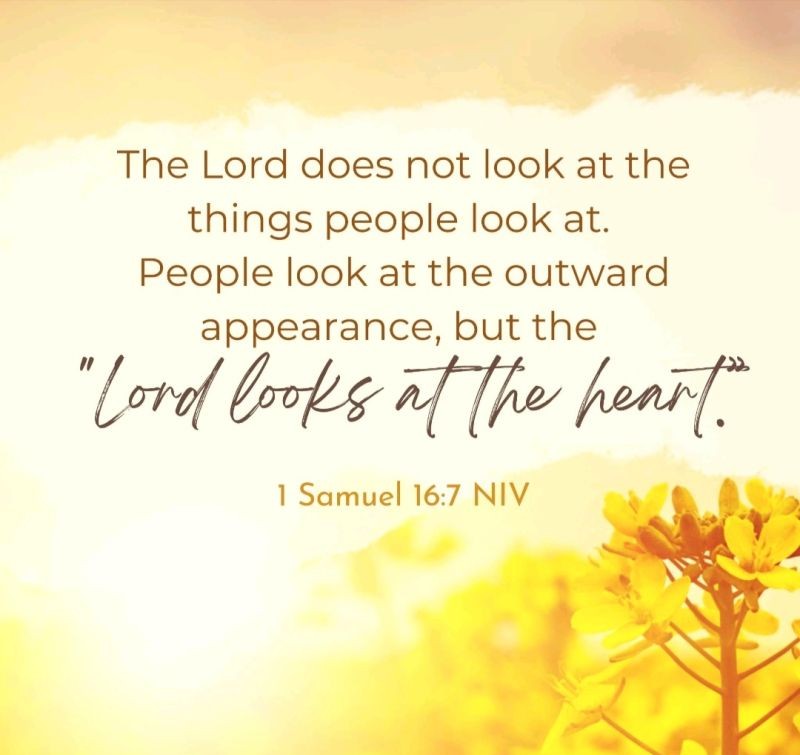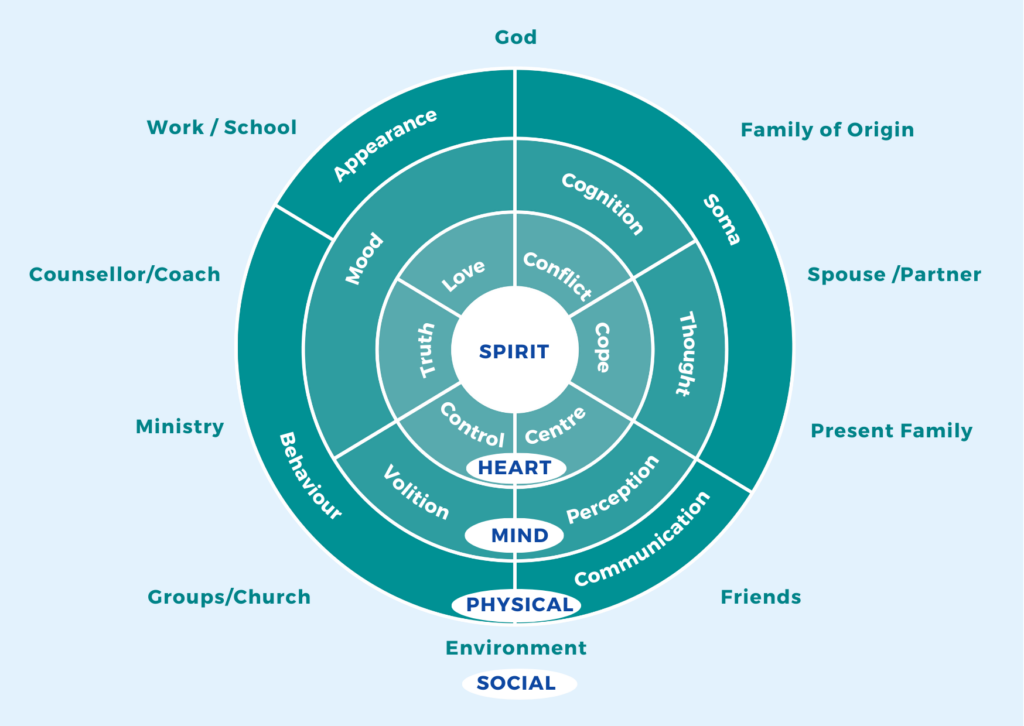The Love Sector
The Love Sector
By JP
The Love Sector is the home of secure attachment — that deep knowing of safety, security, and unconditional support, which ideally is found in the trinity of God, Jesus and the Holy Spirit. When it is healthy, life feels like a soft place to land. When it is wounded, life can feel like a lifetime sentence of aching aloneness.
The Core Need of the Love Sector: L.A.T.E
Healthy functioning in the Love Sector depends on four intertwined experiences:
L – Love A – Attachment & Acceptance T – Trust E – Esteem
When these are reliably met (usually in early childhood, but also later through healing relationships), we grow up carrying an embodied sense of being cared for, connected, and fundamentally okay.
When they are absent, inconsistent, or violently interrupted or abused, the Love Sector becomes the primary source of human suffering.
The Language of the Love Sector
| When it’s Flourishing | When it’s Suffering |
| Loved Treasured Worthy Valued Accepted Attached Intimate Close Belonging Appreciated Together Safe to be me | Worthless Alone Lonely (even in a crowded room) Betrayed Shame (the conviction “There is something wrong with me”) Separate Apart Rejection (expected at any moment) Insecure Disconnected Deserted Abandoned |
Most of us live somewhere on the spectrum between these two columns. The goal is not to deny the suffering side, but to bring it into conscious, compassionate contact with the flourishing side — first through safe human relationships, and ultimately through the healing presence of God.
These are not just passing thoughts. They are felt states — visceral, bodily convictions that live in the nervous system. Many people spend their lives trying to outrun these feelings through work, perfectionism, substances, or frantic relating, never realising they are attempting to soothe an ancient Love Sector wound.
The Hidden Impact of an Unhealed Love Sector
An unhealed Love Sector quietly undermines everything:
- Relationships feel threatening or empty
- Achievement rings hollow (“Who cares if no one is really with me?”)
- Prayer can feel distant (“Does God even want me?”)
- Receiving love — from people or from God — triggers suspicion or numbness
The good news of both the Living Wholeness model and the gospel is the same: what was broken in human attachment can be repaired — first in safe human connection, and ultimately in God.
A Gentle Love-Sector Prayer Practice
Try this simple, powerful experiment (you can do it right now):
- Sit quietly, place a hand on your heart or chest, and breathe slowly.
- Honestly name what you feel. Speak it directly to God (out loud or inside):
“God, I feel abandoned.” “God, I feel worthless.” “God, I feel so alone.” “God, I feel betrayed.”
Use whichever word from the suffering column rings true. Say it as many times as you need. Let the feeling be there without fixing it.
- When you feel ready (there is no rush), gently offer that feeling to God:
“I give this feeling to You. I hand over this abandoned / worthless / lonely / betrayed place.”
- Then invite God’s love to fill your Love Sector:
“Please come into this place. Fill my Love Sector with Your perfect love. Let me receive how You see me — treasured, wanted, held, never alone.”
- Rest for a minute or two. Notice any warmth, tears, softening, or peace in your body. Even a tiny shift is the Love Sector beginning to update its template.
You can return to this practice daily. Over time, the suffering concepts lose their absolute grip, and the flourishing concepts begin to feel real — because they are becoming real in your nervous system and in your lived relationship with God.
You Are Not Your Wound
The presence of shame, abandonment, or worthlessness in your inner world is not proof that you are defective. It is only proof that your Love Sector once lacked what it desperately needed connection, safety, secure attachment & love.
That need has never expired. God is still in the business of meeting it — perfectly, patiently, and forever.
You are not too broken for love. You were made for it.

